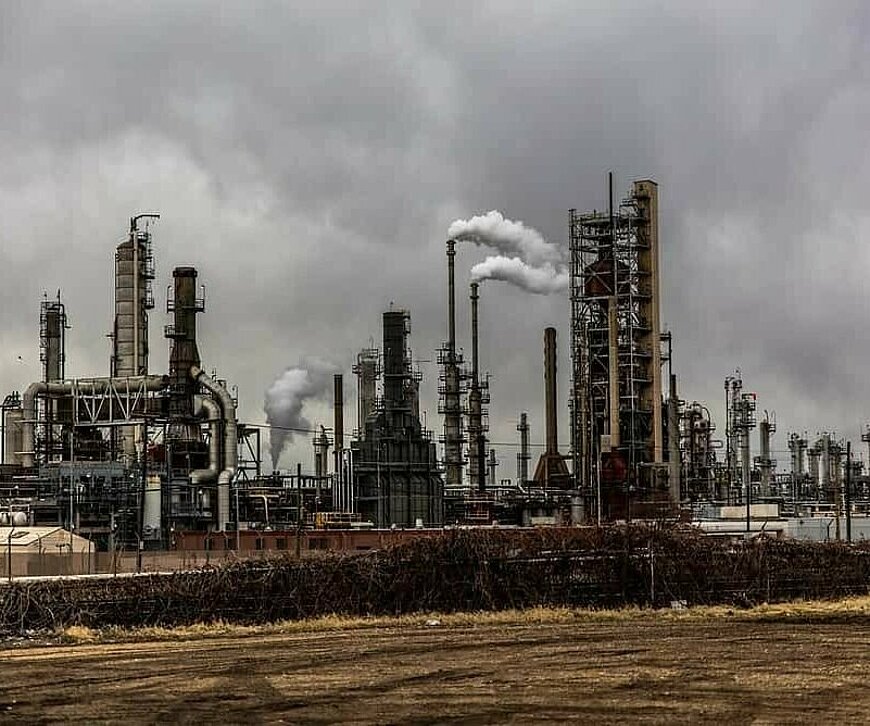Artificial Intelligence directly detects toxic clouds at Tata Steel plant in the Netherlands

Reports from local residents serve as training material for Fruitpunch AI's artificial intelligence; the algorithm thus built can also prove its service elsewhere in the world.
Artificial Intelligence could be the key to spotting poison clouds from Tata Steel faster. Greenpeace Netherlands and FrisseWind.nu are teaming up with Fruitpunch AI to boost the Spot The Poison Cloud initiative. The aim is to identify toxic emissions from the Tata Steel factories in IJmuiden earlier. FruitPunch AI is an Eindhoven-based collective that uses Artificial Intelligence for good causes. Their global AI experts community will develop algorithms to distinguish normal smoke clouds from toxic ones.
The website spotdegifwolk.nl recently allowed people to report potentially pathogenic emissions. The response to the website has been intense from the start: After about two weeks, the counter stands at more than four thousand reports and over fifty spotted poison clouds. FruitPunch AI aims to increase the impact of this action further.
Continuous monitoring of Tata Steel
With the images and reports, a machine-learning model can be built that recognizes when something is amiss in the video footage. FruitPunch AI engages fifty volunteers from their community for this purpose, who program and implement such an AI algorithm in ten weeks. Thus, each report contributes to relentless monitoring of this major polluter and an algorithm that can be relatively easily deployed to monitor more polluting factories worldwide. Man and machine then work together for a better environment.
Using the poison clouds spotted and reported by visitors, the AI community will design an algorithm that, when reported, can immediately check whether a poison cloud is actually visible. The efforts of the “cloud spotters” will thus become even more valuable. In the future, thanks to artificial intelligence, illegal emissions can even be detected automatically.
Environmental Service
Currently, webcam images from the Tata Steel site are sent directly to the Spot The Poison Cloud website. Many eyes follow the smoke and vapor rising from the steel producer’s factories. Thanks to simple instructions, they know which clouds are wrong, and with the push of a button, dangerous emissions can be reported immediately. The North Sea Canal Area Environment Service, responsible for the supervision and enforcement of Tata Steel’s environmental permit, can then take action.
Buster Franken, Fruitpunch AI is proud of the collaboration. “Thanks to our network of AI experts and enthusiasts, we can take this project a few steps further. What’s even better is that with the results, we will soon be able to support many similar initiatives anywhere in the world. This initiative clarifies what we mean by ‘AI for Good,’ our central mission.”
World to win
Willem Wiskerke, Greenpeace Netherlands, expects that the collaboration can take the engagement of residents of the big polluter to a higher level. “But it also feels odd that we must take on tasks that the government should perform. We are now organizing the supervision the Environmental Department is failing to do. This does show that the government still has a world to win when it comes to protecting the health of citizens from big polluters like Tata Steel.”